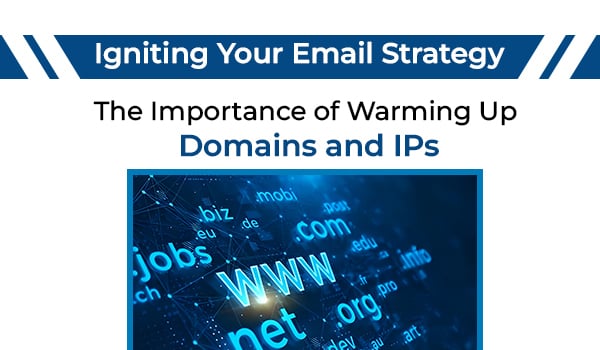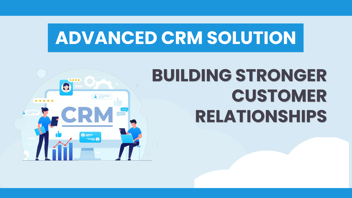Email marketing remains one of the most effective digital marketing channels, but to leverage its full potential, it's crucial to understand and implement best practices. One such practice that's often overlooked is warming up domains and IP addresses. In this blog, we'll explore why warming up is essential for a successful email marketing campaign.
Understanding Domain and IP Warming
Domain and IP warming is the practice of gradually increasing the volume of mail sent with a new domain or IP address according to a predefined schedule. This gradual process helps to establish a reputation with Internet Service Providers (ISPs) as a legitimate email sender.
Why Warm Up?
The ultimate goal of warming up is to avoid being marked as spam. ISPs are wary of new domains and IP addresses that suddenly start sending large volumes of email. Warming up is like introducing yourself to the ISP, building a positive sending reputation over time.
1. Avoiding Spam Filters: ISPs use sophisticated algorithms to determine if an email might be spam. A new domain or IP that starts sending a lot of emails immediately can trigger these filters. By warming up your IP, you signal to ISPs that you're a legitimate sender, not a spammer.
2. Improving Deliverability: Your sender reputation, largely determined by your IP and domain reputation, affects whether your emails land in the inbox or spam folder. A good reputation can lead to higher deliverability rates, ensuring your message reaches your audience.
3. Increasing Engagement: If your emails make it to the inbox instead of the spam folder, they're more likely to be opened and engaged with. This can lead to higher click-through rates and more successful email campaigns.
Best Practices for Warming Up
A successful warm-up process requires careful planning. Here are some key steps to follow:
1. Start Small: Begin by sending emails to a small number of recipients. Choose recipients who are likely to engage with your emails, like loyal customers or those who have opted in recently.
2. Scale Gradually: Gradually increase the number of emails sent over a period of several weeks. If you observe a high bounce rate or many spam complaints, take a step back and reduce volume.
3. Monitor Performance: Keep an eye on key metrics like delivery rates, open rates, bounce rates, and spam complaints. These can give you insights into your reputation with ISPs.
Warming up your domain and IP address may seem like an extra step in launching your email marketing campaign, but it's a crucial one. It's about playing the long game and ensuring that your emails reach their intended destination. CETDIGIT, with our deep understanding of email marketing intricacies, can help businesses navigate the warm-up process and implement effective email marketing strategies, ensuring that your message is not just sent, but also successfully delivered and engaged with.





Leave a Comment